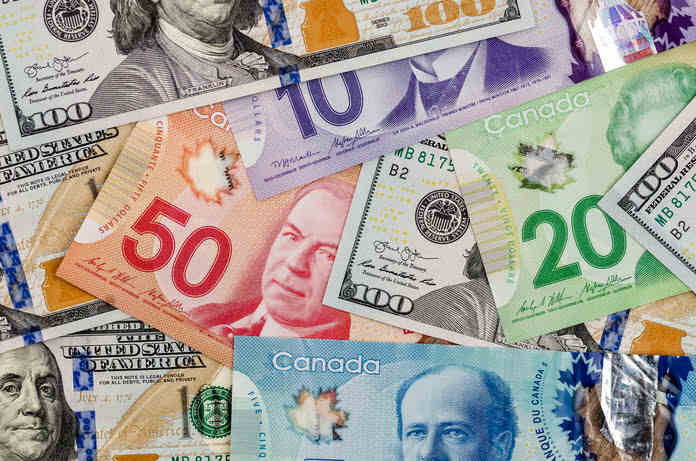Following the Bank of Canada’s decision to maintain its key interest rate at five percent, the Canadian dollar has weakened against the U.S. dollar, prompting Canadians to consider the implications of this shift.
How is the Canadian Dollar Performing?
As of midday, the Canadian dollar was trading at 72.55 cents to the U.S. dollar, down from 72.83 cents on the previous day. Notably, it was trading above 75 cents against the U.S. dollar in July, but the current level is nearing the brief low of 72.43 cents in March. In the preceding October, it also traded within the 72-cent range and dipped below 69 cents in March 2020 during the early days of the pandemic. In May 2021, it even exceeded 82 cents against the U.S. dollar.
Who Stands to Benefit?
A weaker Canadian dollar can provide a boost to certain sectors. For instance, the tourism industry benefits as the weaker dollar attracts more visitors from abroad, particularly from the United States, where their money has greater purchasing power in Canada. Additionally, Canadian businesses involved in exports, such as the oil and gas sector, forestry, and manufacturing, may see increased profits.
Where Does It Pose Challenges?
A diminished loonie can translate to increased costs for Canadians traveling abroad, including those heading south for the winter. It also makes imported goods more expensive. Former Bank of Canada governor Stephen Poloz pointed out that a drop in the Canadian dollar’s value from around 80 cents against the U.S. dollar to 73-74 cents can result in import prices rising by eight to nine percent. Furthermore, a weaker Canadian dollar can signify broader economic issues, particularly weak business investment, potentially leading to reduced productivity and economic growth in the future.
Impact on Inflation
The depreciating Canadian dollar can have an impact on inflation, as it boosts the prices of imported goods. However, the extent of this impact is limited, as highlighted by RBC earlier this year. RBC noted that Canadian spending is predominantly focused on services, and even with imported goods, approximately one-third of the cost is attributed to domestic services, such as shipping and retail. Furthermore, Canada has been diversifying its imports away from the United States, and the Canadian dollar has shown relative strength against certain other currencies, like the Chinese yuan, which helps mitigate the inflationary effects. Nevertheless, it’s worth noting that a weaker loonie may still lead to price increases, particularly in categories like fresh fruits, nuts, and vegetables, where a significant portion is imported.
Featured Image: Freepik @ roman-









